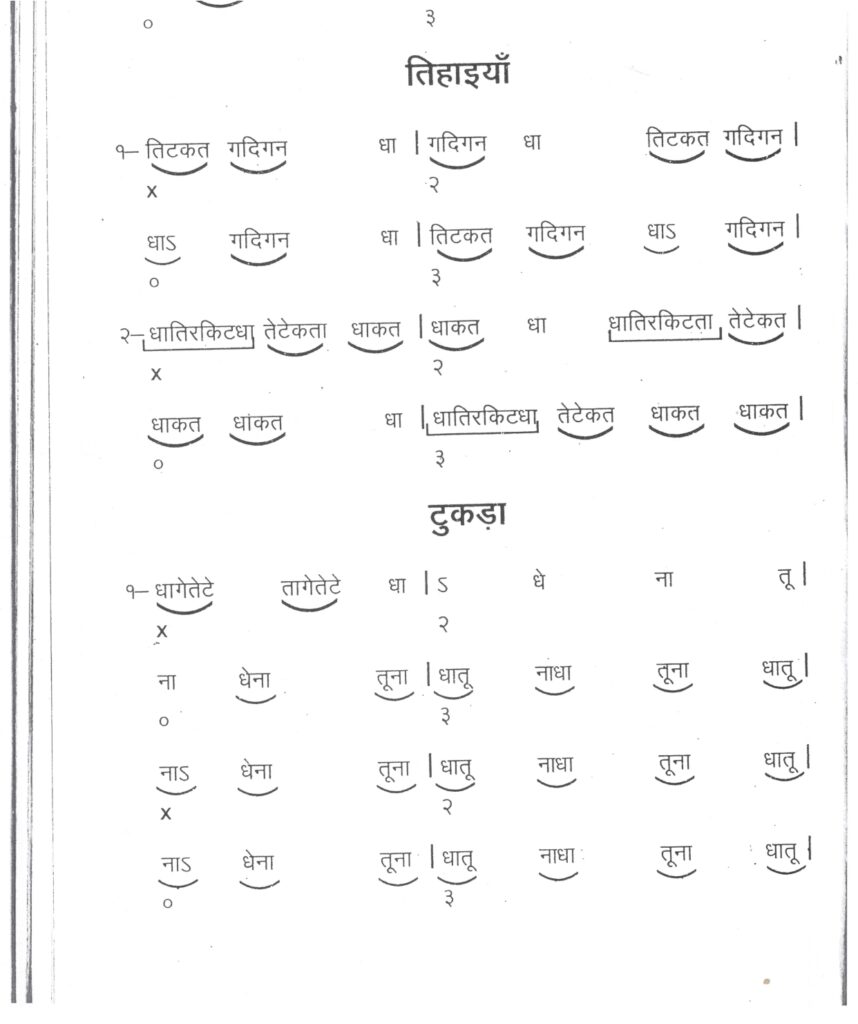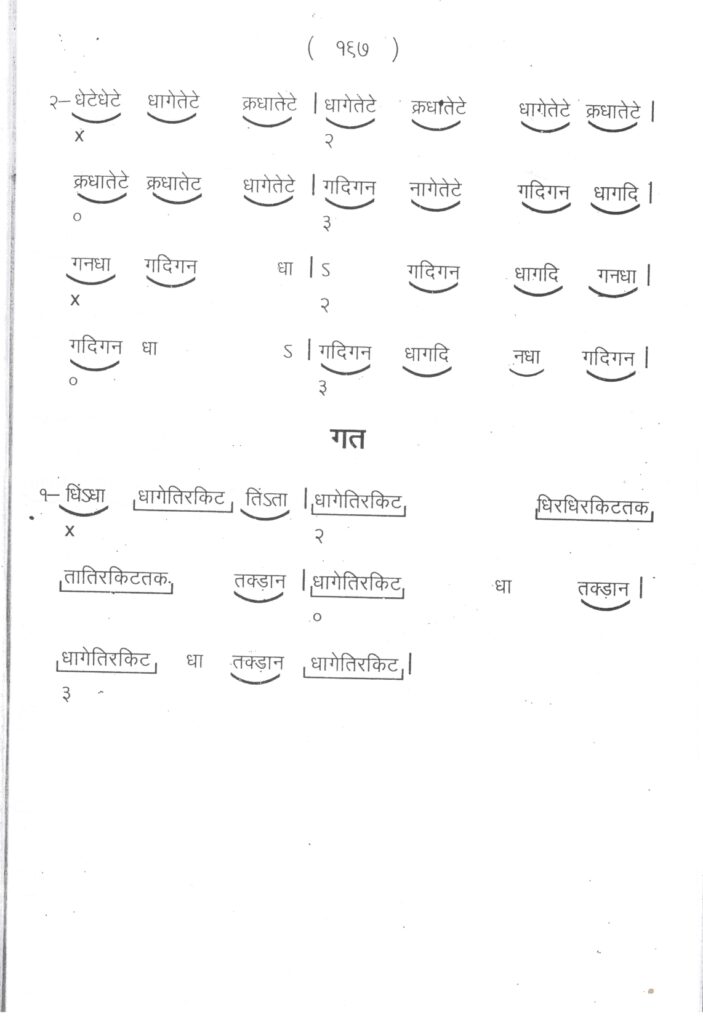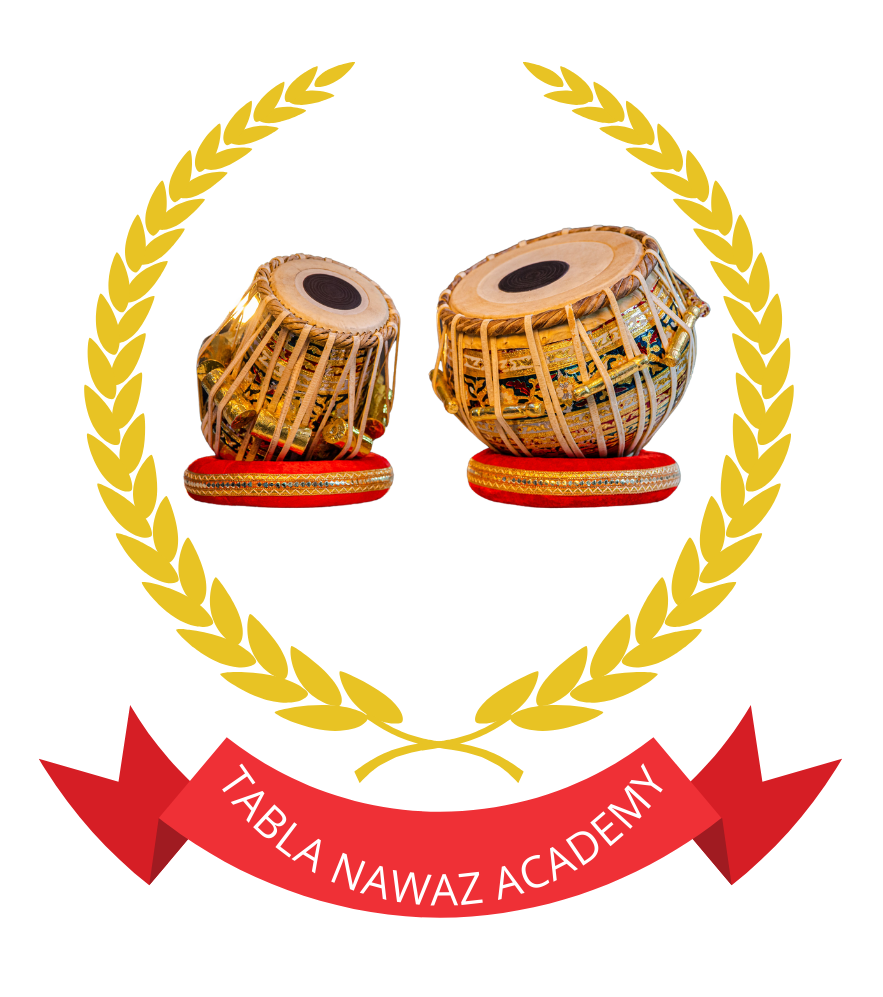Mastering Jhumra Taal (14 Beats): Explore the Magic of Tukra, Tihai & Gat in Tabla, Unlock the Beauty of Jhumra Taal: 14-Beat Tabla Composition with Tukra, Tihai & Gat Explained,“The Art of Jhumra Taal: Learn Powerful 14-Beat Tukra, Tihai & Gat Patterns, Jhumra Taal Demystified: 14-Beat Tabla Rhythms that Mesmerize Every Listener, Dive into Jhumra Taal – Discover the Grace of Tukra, Tihai & Gat in 14 Beats, From Rhythm to Resonance: The Power of Jhumra Taal’s 14-Beat Tabla Compositions, Learn Jhumra Taal (14 Matras) Like a Pro: Tukra, Tihai & Gat for Tabla Lovers, Why Every Tabla Player Should Master Jhumra Taal – 14-Beat Tukra, Tihai & Gat Guide, Experience the Majesty of Jhumra Taal: The 14-Beat Rhythm of Tukra, Tihai & Gat, Jhumra Taal Tutorial: How to Play 14-Beat Tabla Tukra, Tihai & Gat Step by Step.
Mastering Jhumra Taal (14 Beats): Explore the Magic of Tukra, Tihai & Gat in Tabla
The mesmerizing sound of the tabla has enchanted listeners for centuries — from the resonating halls of Hindustani classical concerts to the rhythm sections of Bollywood hits. Among the many intricate taals (rhythmic cycles) in Indian classical music, Jhumra Taal, with its 14-beat cycle, stands out for its depth, grace, and meditative flow. In this post, we’ll journey into the rhythmic world of Jhumra Taal, explore the artistry behind its Tukra, Tihai, and Gat, and uncover why mastering this taal is a milestone for every tabla player.


🕉️ A Brief Introduction to Jhumra Taal
Jhumra Taal, also known as Jhaptal ke prakar in some gharanas, is a 14-beat rhythmic cycle (14 mātrās) traditionally used in Hindustani classical vocal and instrumental music, especially in slow-tempo (vilambit) khayals and instrumental renditions. The structure of Jhumra is both complex and symmetrical, divided as:
2 + 3 + 2 + 3 + 4 = 14 beats.
Each segment (vibhag) gives the player room to express subtle rhythmic nuances. The theka (basic pattern) of Jhumra is:
Dha Dhin | Dhin Dha | TiRiKaTa | Dha TuNa | Kat Ta Dha Dhin Dha
This taal’s flowing nature allows tabla players to express delicacy, improvisation, and grandeur, making it a favorite among maestros for slow, meditative compositions.
🪘 Understanding the Core Elements: Tukra, Tihai & Gat
In tabla vocabulary, Tukra, Tihai, and Gat are essential compositional forms that bring structure, beauty, and drama to a performance.
🎶 Tukra (तुकड़ा)
A Tukra is a short, rhythmic composition — often ending on sam (the first beat of the cycle). In Jhumra Taal, a Tukra may sound like a flurry of syllables (bols) that gracefully resolve back to the sam, showing the player’s precision and timing.
Example:
Dha Dha Tita Kata Gadigena | Dha Dha Tita Kata Gadigena | Dha Dha Tita Kata (Sam)
The beauty of a Tukra in Jhumra lies in its mathematical elegance — fitting complex phrases perfectly into 14 beats.
🔁 Tihai (तिहाई)
A Tihai is a rhythmic phrase repeated three times, designed to end exactly on sam. It creates a satisfying sense of closure, often signaling the end of a performance section.
In Jhumra, because of its 14-beat cycle, the placement of the Tihai becomes challenging — requiring the player to calculate where to start so it lands precisely on beat 1.
This rhythmic puzzle is what makes Jhumra such an exciting taal for both players and listeners.
🎵 Gat (गत)
In tabla terminology, a Gat refers to a fixed, composed piece — elegant, lyrical, and often played in a medium or slow tempo. Gats in Jhumra Taal are characterized by their graceful flow and expressive pauses, mirroring the mood of slow khayal or instrumental compositions.
These pieces allow tabla players to express emotion and musicality, beyond the purely percussive aspect of rhythm.
🌟 Famous Performances in Jhumra Taal
Some of the greatest tabla maestros have elevated Jhumra Taal to iconic status through their performances:
- Ustad Zakir Hussain – known for his breathtaking improvisations in Jhumra during live jugalbandis.
- Pandit Kishan Maharaj – who infused Jhumra with Banaras-style energy and complex tihais.
- Pandit Swapan Chaudhuri – celebrated for his clear articulation and mastery over slow taals like Jhumra.
📺 Recommended Listening:
Ustad Zakir Hussain – Jhumra Taal Solo (YouTube)
🎧 Popular Songs & Fusion Tracks Featuring Jhumra Influences
While Jhumra Taal is primarily classical, its 14-beat rhythmic DNA has inspired modern fusion and world music compositions. A few examples include:
- 🎼 “Taal Se Taal Mila” (A.R. Rahman) – blends Hindustani taals with modern rhythms.
- 🎶 “Breathing Under Water” – Anoushka Shankar and Karsh Kale explore extended rhythmic cycles inspired by Jhumra.
- 🎵 “Tabla Song” by Talvin Singh – a fusion piece that reimagines complex tabla patterns in electronic music.
🌍 Cultural Significance of Jhumra Taal
Jhumra is not just a rhythmic cycle; it’s a symbol of patience, control, and depth. Learning it refines a tabla player’s timing, listening skills, and ability to navigate slow tempo compositions — considered the hallmark of mastery in Hindustani music.
According to a 2024 study on Indian classical music pedagogy, over 70% of advanced tabla students include Jhumra in their training repertoire, citing it as essential for developing rhythmic awareness.
🧩 Quick Quiz: Test Your Jhumra Knowledge!
- How many beats are there in Jhumra Taal?
- What does the term “Tihai” mean?
- Which tabla maestro is known for his Jhumra improvisations?
(Answer key at the end!)
🪔 Conclusion: Embrace the Rhythm Within
Mastering Jhumra Taal is like meditating with rhythm — it teaches patience, precision, and emotional depth. Whether you’re a beginner or an advanced player, exploring its Tukras, Tihais, and Gats opens doors to understanding the tabla’s limitless expressive potential.
So the next time you sit behind your tabla, let the 14 beats of Jhumra guide your hands and heart — because within every beat lies the timeless soul of Indian rhythm.
Answer Key:
- 14 beats.
- A rhythmic phrase repeated three times to land on sam.
- Ustad Zakir Hussain.
